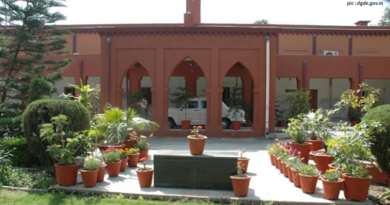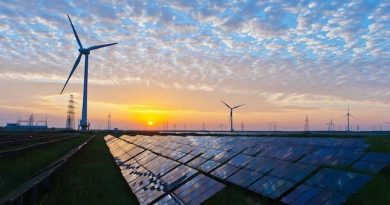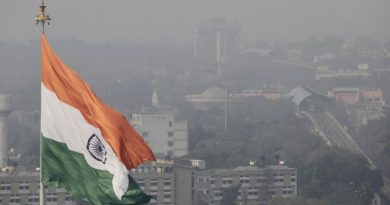State-Run NTPC and MPUVNL Delay Solar Auctions Over Safeguard Duty Fallout

Responding to the requests of solar power developers, Govt- run NTPC postponed the 2 GW solar auction by a week. Following the same course of action, Madhya Pradesh Urja Vikas Nigam Ltd, another state-owned corporation, extended its bid submission deadline – for 33 MW of rooftop solar – from August 9 to August 17, after similar requests.
In a positive development for the developers, The National Thermal Power Corporation (NTPC) has now provided bidders until August 13, 2018, to revise and resubmit their bids for the 2 GW interstate transmission system (ISTS)-connected solar photovoltaic (PV) tender.
July end imposition of safeguard duty on solar cells imports from China and Malaysia have become a bad news for solar developers, across the country. Throw in the confusion by Odisha Hight Courts’ stay on the duty and pending hearing on August 20, developers have been sweating on repercussions on the business, adding to uncertainty in the market.
Ripple effects of the impending decision can be seen, as industry players hint to the slump in the business for over four months. The energy and resources institute (TERI) has also voiced its concern saying, Finance Ministry’s recent decision to impose safeguard duty on solar imports is likely to increase the cost of power for discoms and end consumers, resulting from a spike in solar tariffs. Based on the financial model on the pattern of the Central Electricity Regulatory Commission (CERC) with a reduced rate of interest for debt, the impact of the proposed safeguard duty at 25% ad valorem add about 15% to the levelized cost of electricity.
India has set itself a target of achieving 175 GW capacity from renewable energy sources by 2022. This target was recently revised to 227 GW, with over 100 GW expected to come from solar projects.
But so far the domestic manufacturers have managed to produce only 842 MW solar cells in the 2017-18 period, hence the imports of the cells have jumped to 9790 MW in 2017-18. To offset this gap, Over 90% of solar panels and modules used in India have been coming from China and Malaysia, and the safeguard duty was aimed to revive the domestic industry facing the onslaught on these imports.
Now eyes have turned to India’s 12 GW Solar Energy Scheme, which is still in limbo for approval from the Government. The Rs 8,000-crore scheme, if approved, will be rolled out over a period of 4 years, till 2022 and will give a significant boost for Indian manufacturers. It will ensure a minimum manufacturing capacity of 3 GW of solar cells per year, which is the current size of the domestic solar cell market in India.




